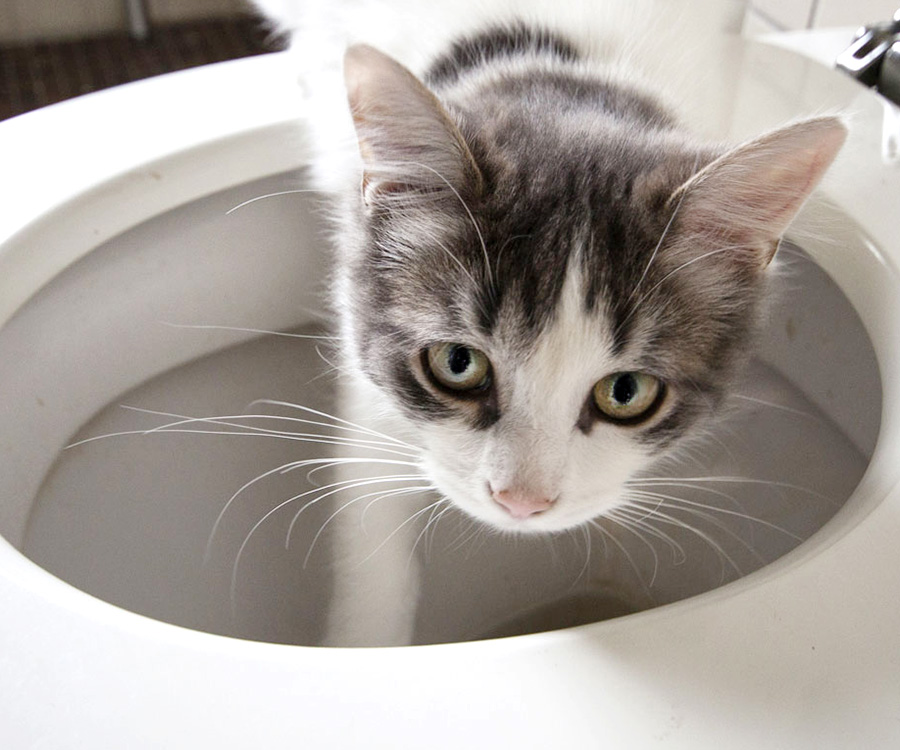Our Effects of Flushing Animal Waste Down the Toilet
Our Effects of Flushing Animal Waste Down the Toilet
Blog Article
The article underneath involving Should you flush animal waste down the toilet is especially entertaining. You should see for yourself.

When it pertains to taking care of waste, especially animal waste, lots of people commonly turn to the hassle-free alternative of flushing it down the toilet. Nevertheless, this seemingly easy remedy can have significant consequences for the setting and public health. In this short article, we'll discover why flushing pet waste down the toilet is a poor concept and supply alternate methods for proper disposal.
Intro
Correct waste disposal is essential for keeping ecological sustainability and public health. While it might seem harmless to purge animal waste down the toilet, it can lead to different problems, both for the atmosphere and human wellness.
Dangers of flushing pet waste
Ecological impact
Flushing animal waste presents damaging microorganisms and virus right into rivers, which can negatively affect aquatic environments. These virus can infect water sources and injury marine life, interfering with fragile communities.
Public health issues
Pet waste includes harmful microorganisms such as E. coli and Salmonella, which can present major health and wellness risks to humans. Purging animal waste down the toilet can infect water supplies, leading to the spread of diseases and infections.
Alternatives to flushing
Rather than flushing pet waste down the commode, there are a number of alternative disposal approaches that are much more environmentally friendly and sanitary.
Composting
Composting animal waste is an eco-friendly way to dispose of it. By composting, raw material is broken down right into nutrient-rich dirt, which can be used to fertilize yards and plants.
Land fill disposal
Disposing of pet waste in a garbage dump is one more alternative. While not as environmentally friendly as composting, it is a much safer option to flushing, as it prevents the contamination of water sources.
Family pet garbage disposal systems
There are customized pet waste disposal systems available that securely and hygienically get rid of animal waste. These systems commonly make use of enzymes to break down waste and eliminate odors.
Steps to proper pet waste disposal
To make sure appropriate disposal of pet waste, follow these actions:
Scooping and getting waste
Consistently scoop and bag animal waste making use of eco-friendly bags. This avoids waste from polluting the atmosphere.
Utilizing marked waste containers
Dispose of bagged animal waste in assigned waste bins, such as compost bins or garbage dump containers. Avoid flushing it down the toilet at all costs.
Cleansing can and animal locations consistently
Regularly clean can and animal locations to avoid the build-up of waste and microorganisms. Usage pet-safe cleansing products to preserve health.
Advantages of appropriate disposal approaches
Embracing appropriate disposal approaches for animal waste supplies several benefits:
Decreased environmental pollution
Appropriate disposal techniques lower the risk of environmental pollution, shielding rivers and environments from contamination
Reduced risk of water contamination.
By preventing flushing pet waste down the commode, the risk of water contamination is dramatically reduced, securing public health.
Boosted hygiene and health
Appropriate disposal approaches promote better cleanliness and hygiene, producing a more secure environment for both humans and pets.
Conclusion
In conclusion, flushing animal waste down the commode is harmful to the setting and public health. By adopting alternate disposal methods and complying with correct waste management techniques, we can minimize the unfavorable impact of animal waste and contribute to a cleaner, much healthier earth.
What To Do With Dog Poo – The Do's And Don'ts Of Disposing Of Faeces
Dog poo bins
Some councils provide dedicated dog waste bins in popular dog-walking areas that can take dog poo that has been bagged but you can legally dispose of dog waste in any public litter bin, as long as it is securely bagged. This also applies to your wheelie bin at home.
Do not flush
Water companies do not recommend flushing dog faeces down the toilet because certain parasites can survive the water processing treatment and are potentially harmful to humans. You should also never consider flushing dog poo that has been bagged down the toilet as the bags will not break down and instead create severe blockages in the sewage system.
In the woods
The Forestry Commission promotes a ‘stick and flick’ method for dealing with waste in the woods. This means finding a stick and using it to flick any poo from off the path so that it is out of the way of other walkers. You could also bury it as long as it is not in an area where there might be livestock.
Livestock
Parasites found in dog poo can be transmitted to livestock if they inadvertently eat infected faeces that has been left on grazing land. This could result in the death of sheep or abortion in cattle so you should always make sure you pick up your dog’s waste in fields where livestock could be present.

As an avid reader on , I assumed sharing that piece of content was really helpful. Do you know another person who is very much interested in the topic? Feel free to share it. Bless you for your time. Kindly come visit our blog back soon.
Book Service Now Report this page